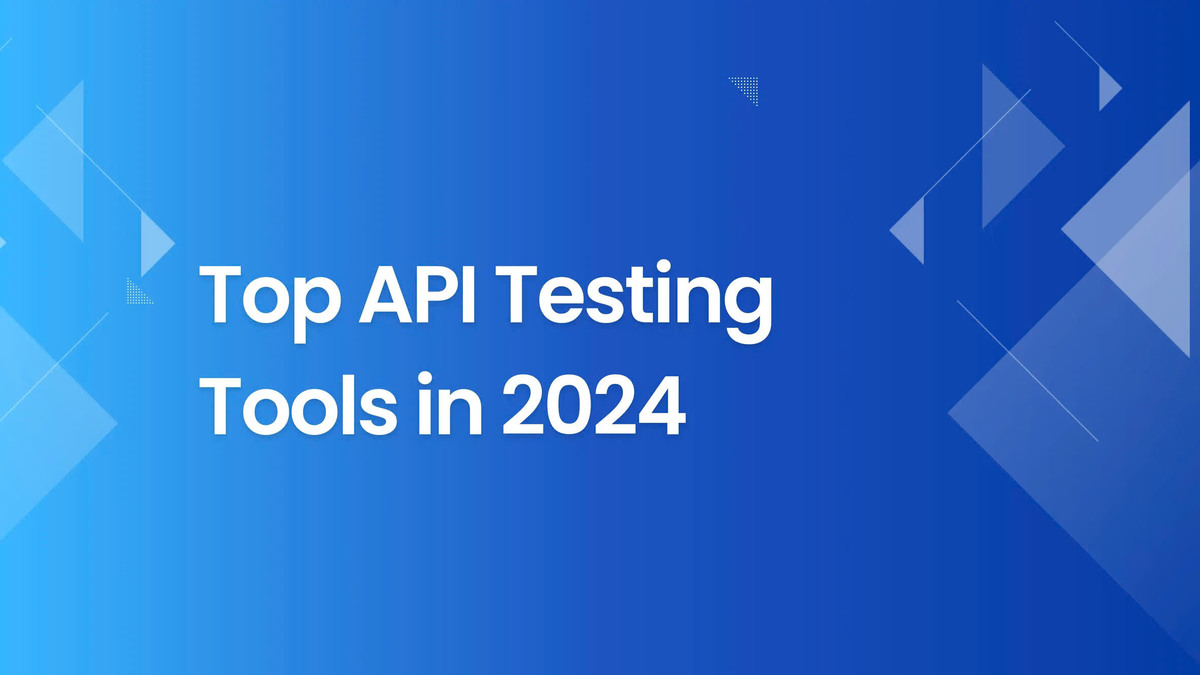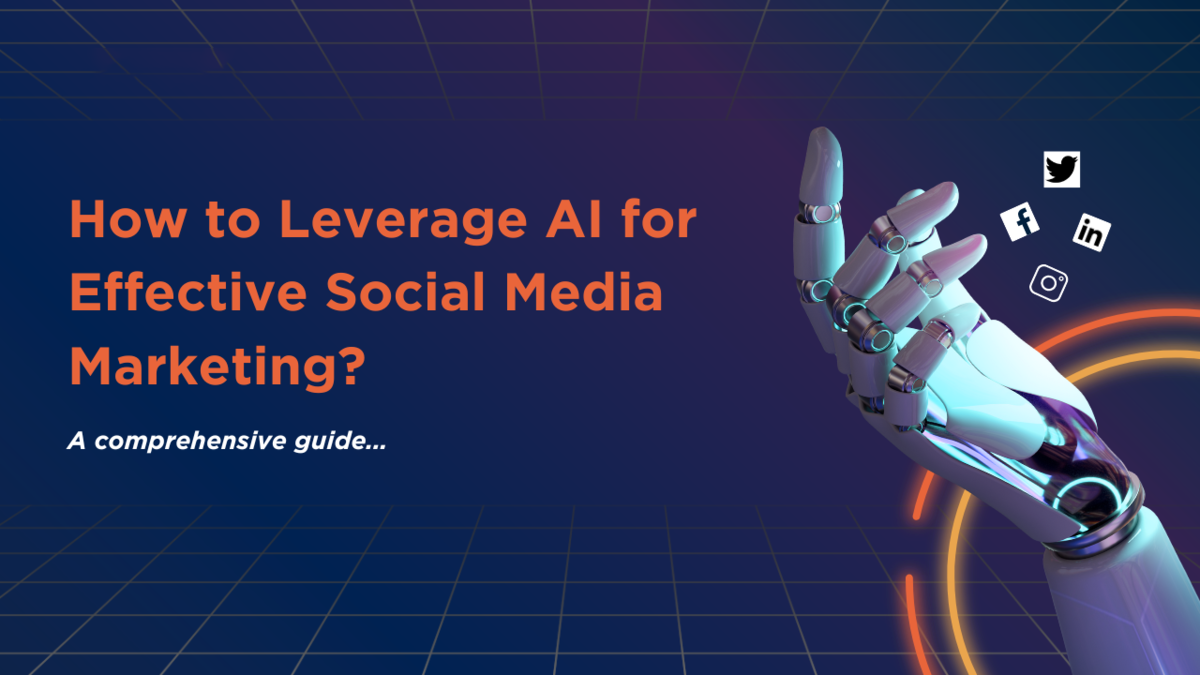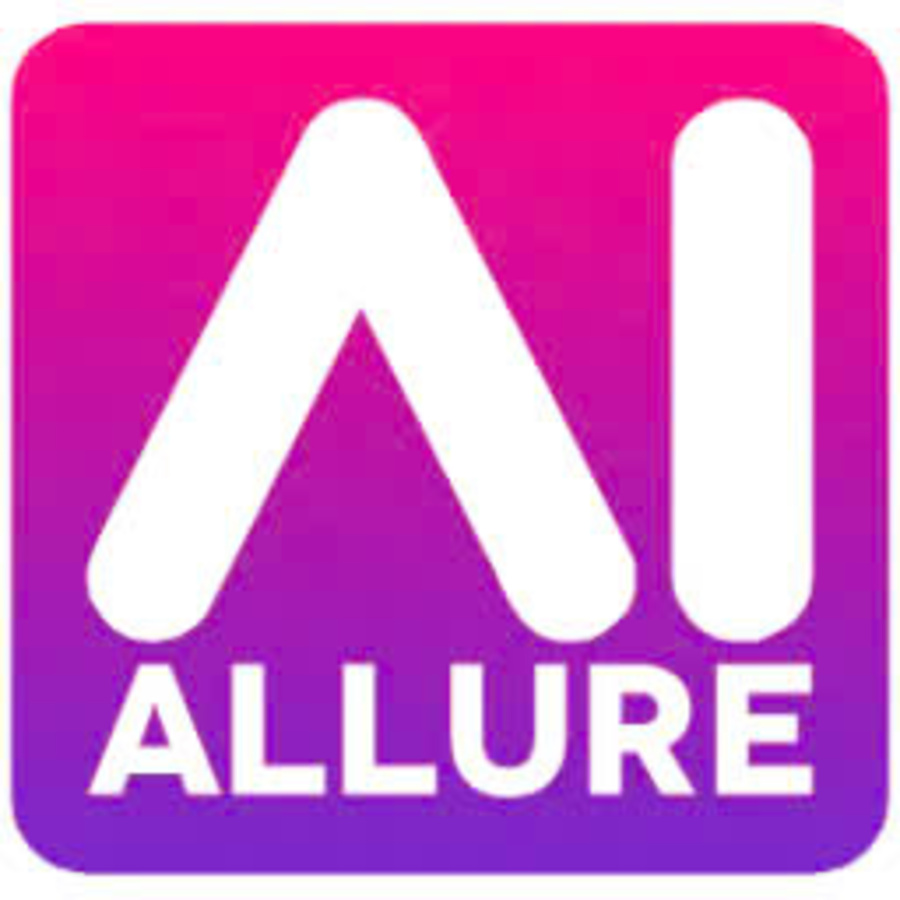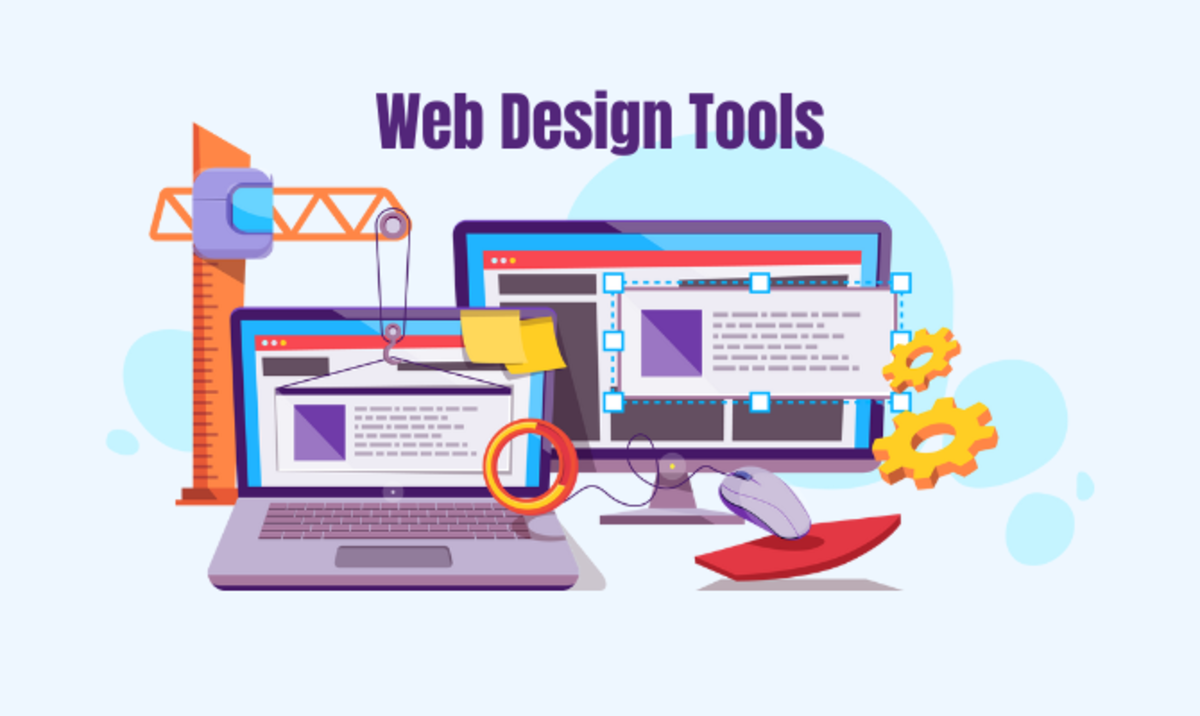
To delve deeper into the intricacies and applications of Retrieval Augmented Generation (RAG) within the realm of Natural Language Processing (NLP), we will examine its foundational components, operational dynamics, and implications for advancing NLP capabilities. This exploration will be divided into detailed sections, each meticulously crafted to enhance understanding and provide comprehensive insights into RAG's transformative impact on NLP.
In-depth Overview of Retrieval Augmented Generation (RAG)
Retrieval Augmented Generation (RAG) represents a significant evolution in the field of Natural Language Processing, marking a departure from traditional language model methodologies. At its core, RAG is engineered to synergize the robustness of pre-trained language models (LLMs) with the precision of information retrieval systems, thereby addressing some of the most pressing challenges in NLP today. This section will dissect the architectural nuances, operational mechanics, and theoretical underpinnings of RAG, offering a clear lens through which to appreciate its revolutionary potential.

Architectural Components and Mechanics
RAG is composed of two principal elements: a document retriever and a large language model (LLM). The document retriever acts as the initial point of contact for any input query, tasked with mining relevant documents from a vast corpus. This retrieval process is not merely a linear search but a sophisticated algorithmic exploration designed to identify the most contextually pertinent information. Following retrieval, the selected documents serve as the foundation upon which the LLM constructs its responses.
The LLM, often a variant of models like GPT (Generative Pre-trained Transformer) or BERT (Bidirectional Encoder Representations from Transformers), is then responsible for interpreting the retrieved documents. It synthesizes the information, applying its pre-trained knowledge and the specifics of the input query to generate responses that are not only relevant but also contextually rich and nuanced.
Theoretical Foundations and Innovations
The innovation of RAG lies in its unique approach to blending retrieval-based and generative components. Traditional LLMs, despite their impressive capabilities, are confined by the boundaries of their training data. RAG transcends these limitations by dynamically incorporating external information during the generation process, allowing for responses that reflect a deeper understanding of the query context.
This dynamic interplay between retrieval and generation is underpinned by sophisticated algorithms. The retrieval component often employs techniques like vector space modeling or transformer-based embeddings to map queries to documents, ensuring a high degree of relevance. The generative component, meanwhile, must adeptly integrate this external information, requiring advancements in language model training and fine-tuning methodologies.
Operational Dynamics of RAG in NLP
Understanding the operational dynamics of RAG involves examining its application across various NLP tasks and the mechanisms by which it enhances model performance. This section delves into the practical deployment of RAG, its adaptability to different contexts, and the qualitative improvements it offers over traditional models.
Application Across NLP Tasks
RAG's versatility shines in its application to a wide array of NLP tasks, from question answering and conversation systems to document summarization and language translation. In question answering, for example, RAG can access a broad spectrum of documents to provide precise, informed responses. In conversation systems, it utilizes real-time information retrieval to generate responses that are contextually aware and highly relevant, significantly enhancing the user experience.
Enhancing Model Performance
The integration of RAG into NLP tasks leads to marked improvements in model performance. By leveraging external documents, RAG models can generate responses that are not only accurate but also rich in detail and context. This capability is particularly valuable in scenarios where the required knowledge is either too specific or too broad to be covered by the model's training data alone.
Furthermore, RAG facilitates a more nuanced understanding of language nuances, idiomatic expressions, and complex queries. This depth of understanding is achieved through the model's ability to access and synthesize information from multiple documents, reflecting a level of sophistication and adaptability previously unattainable in NLP.
Implications and Future Directions
The advent of RAG heralds a new era in Natural Language Processing, pushing the boundaries of what is possible with current technologies. This section explores the broader implications of RAG for the field of NLP, including its potential to catalyze further innovations and redefine the landscape of language technologies.
Catalyzing Further Innovations
RAG sets the stage for a new wave of innovations in NLP. Its success paves the way for research into more efficient retrieval mechanisms, advanced model architectures, and enhanced training techniques. Additionally, RAG's ability to effectively utilize external information opens up new avenues for incorporating real-time data and knowledge bases into NLP models, further expanding their capabilities and applications.
Redefining the NLP Landscape
The integration of RAG into mainstream NLP practices is poised to redefine the landscape of language technologies. By enhancing models' ability to understand and generate contextually relevant responses, RAG shifts the focus from mere linguistic accuracy to a more holistic understanding of context and relevance. This shift not only improves the quality











